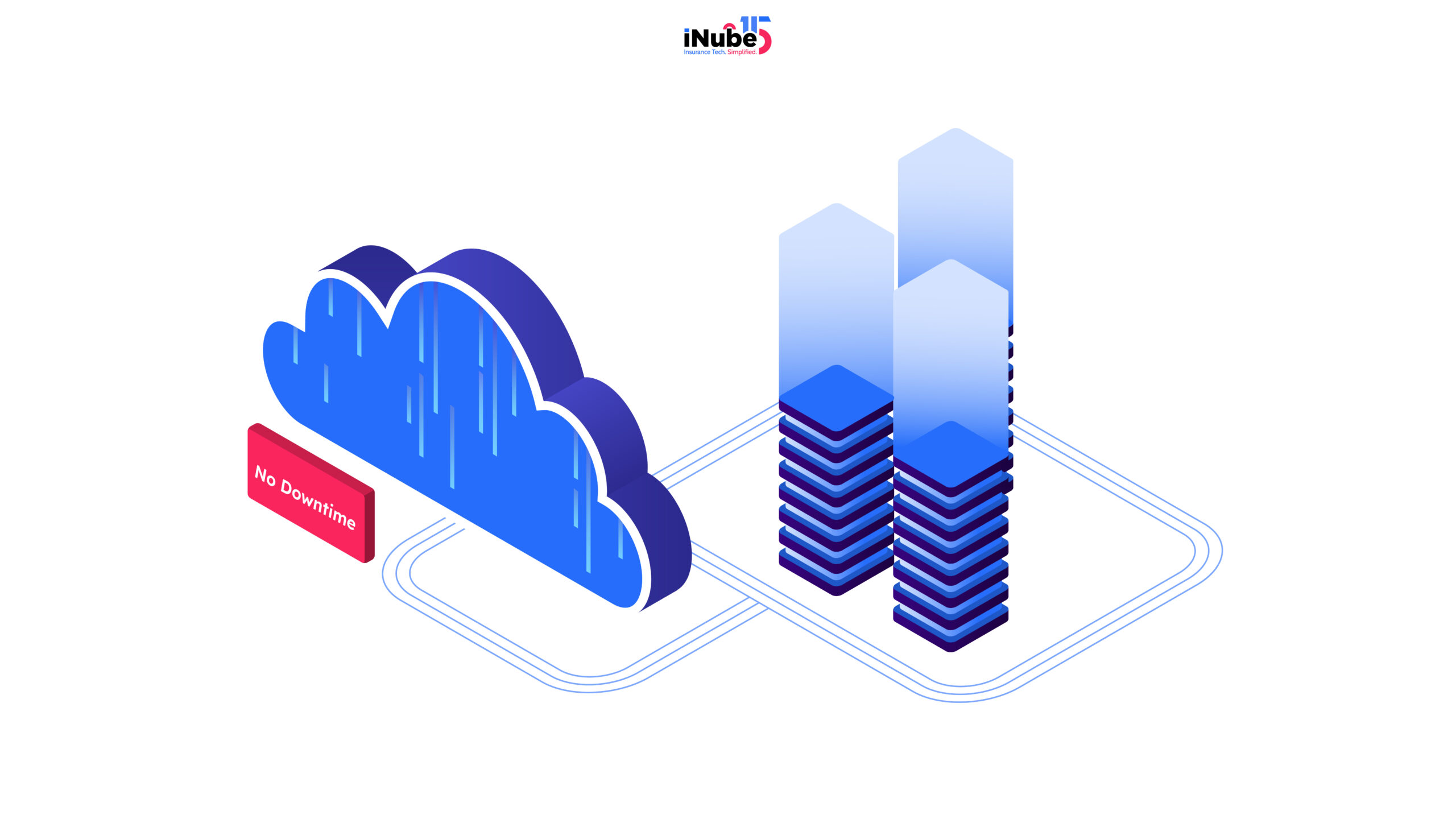The cloud migration journey isn’t easy! For most of the insurers, and especially for those who are taking the plunge to adapt to cloud platforms for the first time. Filled with multiple fears of data loss, legacy system integration issues, and potential cost overruns. A recent report by Deloitte has highlighted that 55% of insurers cite data modernization as a key driver for migration, indicating widespread difficulty in executing cloud strategies. However, it’s time to go beyond these challenges and adopt strategic tactics to tackle them head-on.
Dive deeper to decode more about getting ahead with cloud platforms with minimal disruption.
Why Do Traditional ‘Big Bang’ Migrations Fail Insurers?
The traditional cloud migration is essentially a challenge for insurers, who will primarily face the difficulty of integrating with decades-old legacy systems, stringent data security requirements, and regulatory compliance, as well as the complexities that come with managing migration costs.
The key challenges include:
Integration with Legacy Systems
Many insurers essentially rely upon outdated, on-premises systems that come with obsolete programming languages, singular architecture, and ancient data formats.
Data Security and Compliance Concerns
The insurance industry is known to manage a vast amount of highly sensitive information, which includes personal data, policy details, claims, and financial records.
This highlights the responsibility for the insurers to keep the data secure during data migration, while maintaining detailed audit trails, which requires careful planning and robust security measures.
Cost Management and Optimization
While cloud platforms would offer long-term cost benefits, the traditional migration would often involve significant and sometimes hidden costs, which include new network infrastructure needs, increased bandwidth demands, training expenses, and potential downtime during the transition.
While the insurers have been plagued by these challenges, there is a secret to seamlessly navigating through the cloud migration journey.
The Secret to Zero-Downtime- Decoding A Phased, Parallel Strategy
The zero-downtime secret for cloud migration essentially relies upon a phased migration or a Blue/Green deployment strategy, where the old and the new systems will be running in parallel. In fact, an AWS study has highlighted that 20-50% of enterprise application portfolios are migrated using repeatable patterns optimized by phased “migration factory” approaches. The data strongly suggests that insurers are adopting a phased migration strategy rather than a full-scale immediate move. This is a parallel approach that the insurers can achieve through three pillars that include continuous data replication in real-time sync with the legacy systems to the new cloud platforms.
The next pillar includes Parallel Testing (SIT/UAT), which includes validating the new workflow by using live data before the cutover. The final pillar includes Intelligent Traffic Shifting, which means gradually redirecting the small user segments to the new platform instead of a risky “big bang” switch. This specifically ensures that the risk will be managed incrementally, while also allowing the insurance agencies to achieve a seamless transition. It helps in maximizing the benefits of automation and digital transformation with minimal business interruption.
Key Steps for Zero Downtime Insurance Workflows
Here are the key steps that the insurers can follow for getting zero-downtime insurance workflows:
Step 1- Deep Assessment and Workload Prioritization
Before starting the cloud migration process, an exhaustive assessment is necessary. This is for categorizing the workflows on the basis of risk and complexity. By creating an assessment, there will be creation of a strategic, phased migration order.
Prioritizing the right tasks in this stage will be the key differentiator. Make sure to start with low-risk, high-performance workflows such as reporting and analytics for early cloud adoption. These offer immediate value and validate the new cloud platforms without risking the core operations.
Step 2- Real-time Synchronization
This step will be ensuring that there is data integrity by continuously copying the transactional data- right from the old system to the new environment. This done so that the new system w live becomes a live mirror of the old one at all times.
In order to ensure data fidelity, it becomes quite important for the insurers to use specialized tools. These tools can be used for monitoring the source database logs and replicating only the changes in real-time.
Step 3- The Seamless Switchover
Here, the final move is reduced to a nearly instantaneous change of network configuration. This is specifically because the new system will already be running and populated with the current data.
The final switch here will often be executed during the low traffic window for managing any kind of residual risk, although the interruption is minimal.
The Future is Zero Risk Cloud Migration for Insurers
The future of insurance is heading towards a zero-downtime cloud migration. With strategic planning and a few proactive implementation measures, insurers can tackle cloud migration with utmost efficiency and ease.


